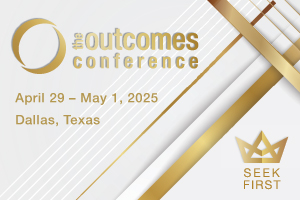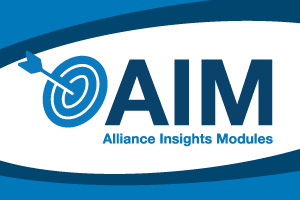
Non-Traditional Funding By Mark L. Vincent
 What is the challenge for the steward leader and non traditional funding?
What is the challenge for the steward leader and non traditional funding?
There is a challenge that comes with non-traditional funding.
I am not a CFO, nor an accountant. I am a strategist.
My life is spent developing organizations and the leaders who serve them. So, any thoughts about the challenge of non-traditional funding models tie to this perspective—what we might call perspective of the whole. With respect for the importance of technical detail in any form, we too easily get lost in them and cannot see larger systems and their interrelationships for which the leader is responsible.
There are four distinctive elements associated with this challenge of new or non-traditional forms of funding. Many leaders are aware of some of these elements to a slight degree, but knowing about them is not the same as doing something with them. Doing something with them is not the same as them living large in one’s organization.
Here is the element of a theological underpinning. If you wish to read about the other three elements, you can find them here.
Three scripture texts help us reflect on non-traditional forms of funding and about funding in general.
These stories are ancient. The fact they are ancient, and yet, seem to touch on nontraditional funding, should give us permission to consider what feels like new frames of expansionary thinking for raising and distributing resources.
Deuteronomy 26
This text offers us the institution of first fruits as the basis for giving. Out of God’s abundant gifts, the worshiper returns a significant portion for God’s work, testifying to their faith in God, promising to use the time available from observing Sabbath rest to distribute resources to widows, orphans, aliens, and those called to serve at the temple, joining all of them in a communal meal. They then return to their apportioned land to live in an annual rhythm of receiving God’s harvest and returning a portion for God’s work. This is an ecosystem at work, a partnership between givers and Giver, the institution (temple) as a center for receiving and distributing, and those who benefit from the gifts given.
Genesis 41:33-36
The Joseph narrative shows us funding mechanisms that are mission-centered in raising, distributing, and communicating about resources. There is also a long-term approach, covering 14 years, rather than a single month or fiscal year. Fourteen years is nearly half of one’s career! Who is leading in our era with this strong and long of an attention span? Who is this committed to the mission of their organization, that it involves half or more of their career, perhaps even longer than their lifetime? Cathedral builders are hard to come by! And what about the recent story about a life given to battery development?
2 Chronicles 31:9-11
Here, in the chronicling of King Hezekiah, are storehouses built to accommodate heaps of resources contributed for those who work in the temple. What was instituted in Deuteronomy 26 (see above) had ceased, and those who served the temple moved on to other forms of work in order to provide for their families. Renewal comes under King Hezekiah’s leadership. The temple community and the national government end up working cooperatively to re-institute the baseline practice of worshipful generosity. More than could be distributed at any one time begins to accumulate. A joint partnership between governmental and religious authorities is formed to build larger storehouses. Here, again, is an effort that is mission-centered in raising, distributing and communicating about resources. We also find an example of building a virtuous flywheel, rather than descent into a disintegrating vortex.
If we work in all four of these elements, we change how we see the resource-raising scenarios we face, whether traditional or non; if we change how to frame the issues we find; and, if we change how we choose to respond to them, we don’t have to carry the “much to do” list with us. Instead, we have a completely different to-do list, one that is formed differently, one that is better refined, more intentional, more committed to embed learning in the organization for generations beyond our tenure, and more aware that the mission is something we get to participate in as stewards, rather than something that belongs to us and exists for our glory.
####
Mark L. Vincent, PhD, CCNL, is the CEO of Design Group International. He serves as a CLA Leader2Leader facilitator and is actively involved as a subject matter expert and faculty for the CLA Outcomes Academy Online. The 4th edition of his book A Christian View of Money is slated for release in 2017.

Now is your opportunity to join a world-changing Alliance of global leaders and organizations. Through Christian Leadership Alliance (CLA ) you become part of a leadership community that shares your values and purpose. CLA equips and unites its members through shared learning experiences that include Christ-centered leadership training, spiritual inspiration, and personal encouragement. Leaders professionally and spiritually flourish by actively participating in the annual Outcomes Conference, the quarterly Outcomes Academy, and the vibrant communities found in the Outcomes Community Network.
JOIN CLA TODAY!




